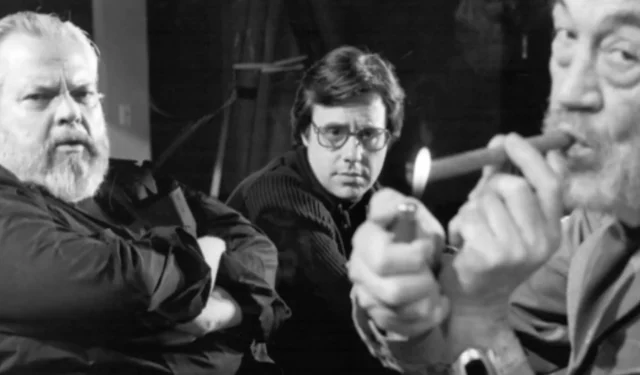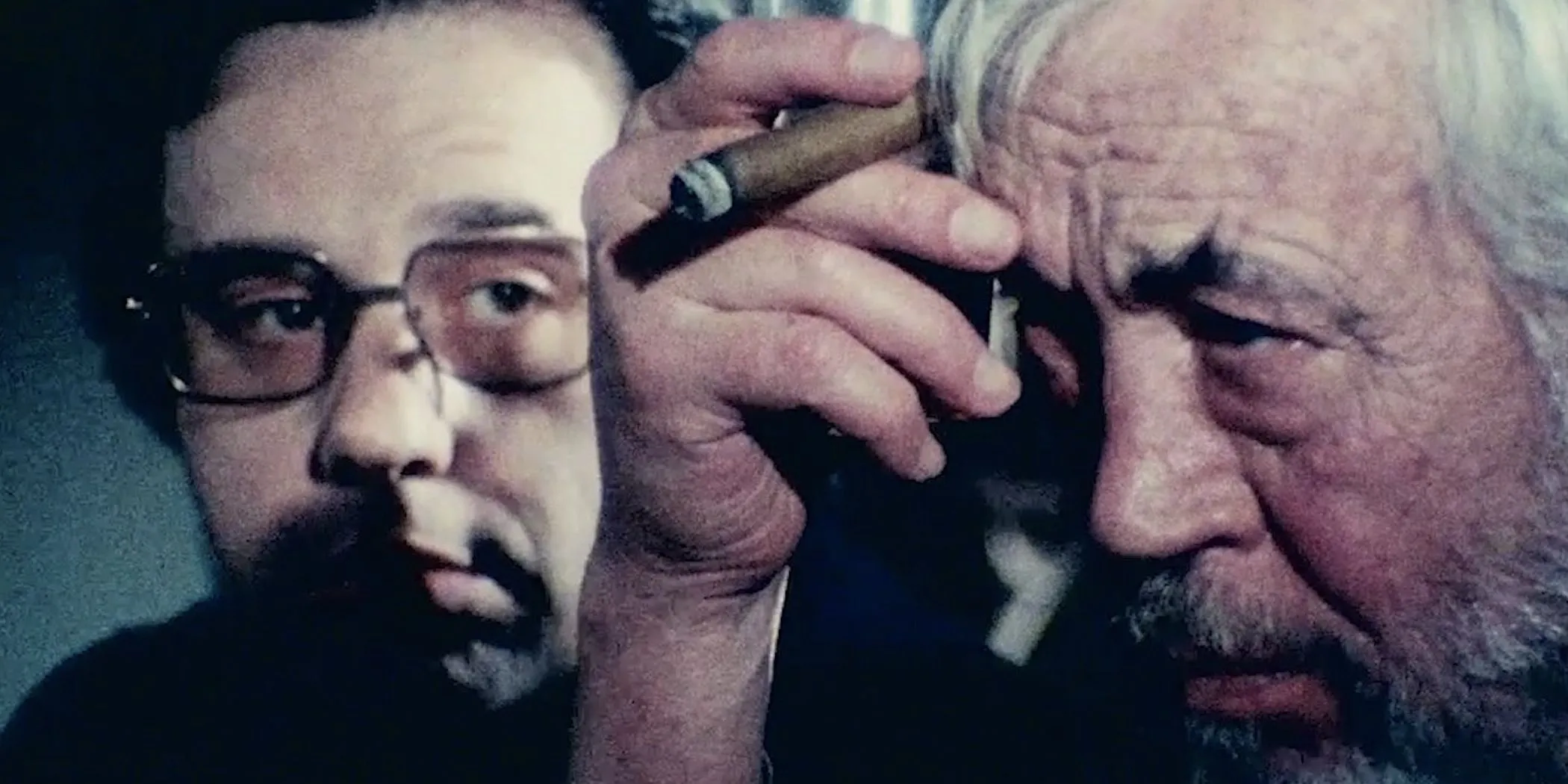
Orson Welles’ The Other Side of the Wind stands as a testament to his enduring legacy, despite taking nearly fifty years to reach audiences. Released on Netflix in 2018, this film, alongside Welles’ esteemed body of work—including iconic titles like Citizen Kane and Touch of Evil—demonstrates his significant influence on American cinema. Although The Other Side of the Wind may not be hailed as his greatest film, it undeniably marks his final directorial contribution.
This movie was primarily completed posthumously, following Welles’ passing in 1985. Notably, it features a dynamic blend of cinéma vérité documentary techniques and Welles’ distinctive directing style, reflecting both the essence of 1970s filmmaking and the complexities of his artistic vision. It represents a shift towards modernity in Welles’ career, hallmarked by its innovative narrative structure.
The Journey of The Other Side of the Wind: From 1970 to 2018
A Long and Winding Production Timeline

The film showcases a stellar cast, including John Huston, Bob Random, Susan Strasberg, and Peter Bogdanovich, reflecting Welles’ penchant for collaboration. The narrative unfolds through a “film-within-a-film”perspective, centering on an aging director—mirroring aspects of Welles’ own life. Beginning production in 1970 and stretching until 1976, the movie faced numerous hurdles throughout its making.
Given its themes and the timing of its posthumous release, The Other Side of the Wind emerges as one of Welles’ most intimate and pensive narratives. It premiered on August 31, 2018, at the esteemed Venice International Film Festival, garnering critical acclaim with an impressive 82% rating on Rotten Tomatoes. On November 2, 2018, it became available for streaming on Netflix, accompanied by the documentary They’ll Love Me When I’m Dead, directed by Oscar laureate Morgan Neville.
The Longest Movie Production Cycle: Challenges and Delays
Financial and Legal Hurdles

The protracted journey of The Other Side of the Wind reflects Welles’ personal struggles with funding, legal disputes, and political interference, which plagued many of his projects. After halting production in 1976, Welles shifted his focus to other endeavors, including the documentary Filming Othello, which became his final work prior to his death in 1985.
As one of only two films released posthumously—alongside Don Quixote in 1992—The Other Side of the Wind illustrates Welles’ determination to fund his own artistic vision, despite the complex and drawn-out production timeline.




Leave a Reply